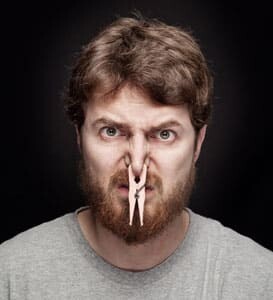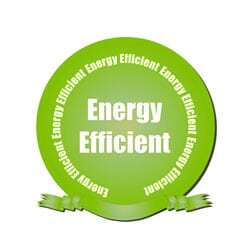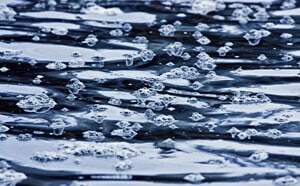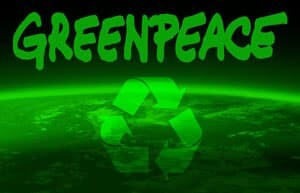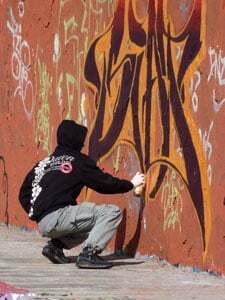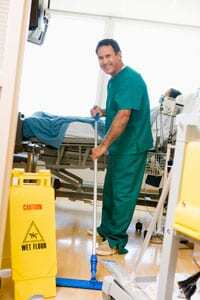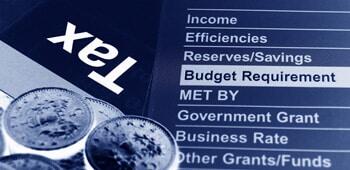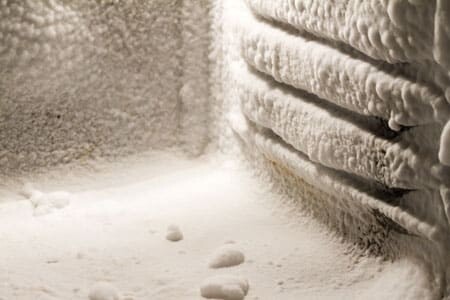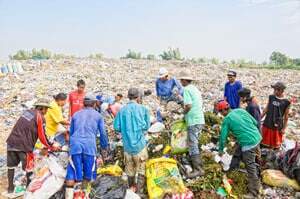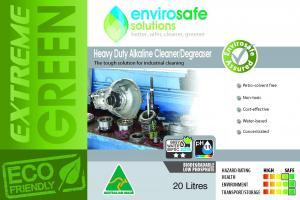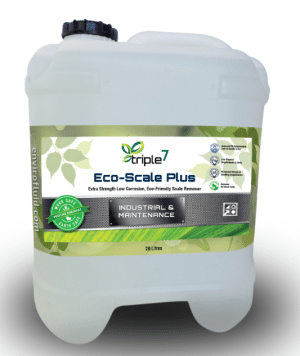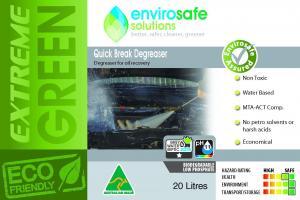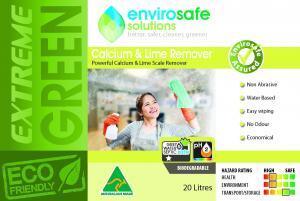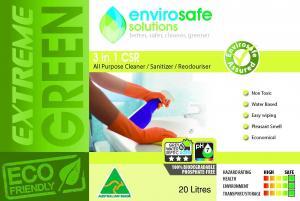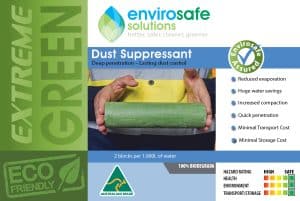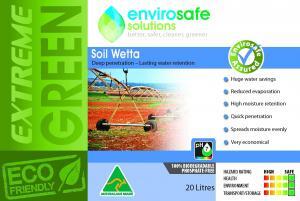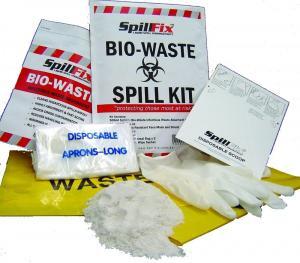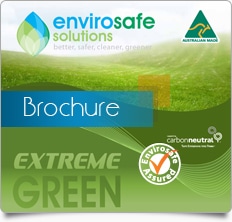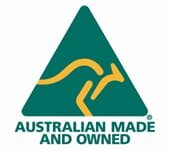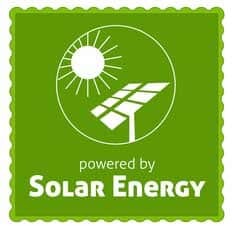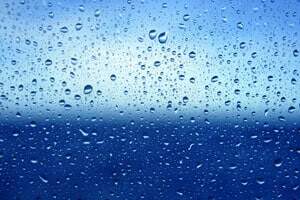 Anyone who has lived near or worked around the sea or the ocean knows that salt build up and encrustations are a real problem. The repeated splashing of waves coupled with the process of evaporation often leaves surfaces caked and opaque, and in more extreme cases crusted or filmed with salt crystals that are unsightly and difficult to remove. But more than that, this nasty salt residue can also be classified as a real safety issue, because the film that builds can continue to develop until normal vision through the glass surface is dulled, distorted and in extreme cases, completely obscured.
Anyone who has lived near or worked around the sea or the ocean knows that salt build up and encrustations are a real problem. The repeated splashing of waves coupled with the process of evaporation often leaves surfaces caked and opaque, and in more extreme cases crusted or filmed with salt crystals that are unsightly and difficult to remove. But more than that, this nasty salt residue can also be classified as a real safety issue, because the film that builds can continue to develop until normal vision through the glass surface is dulled, distorted and in extreme cases, completely obscured.
Envirosafe Solutions has developed a highly effective product that cuts through these salt build ups and can restore glass surfaces to full transparency and full safety levels. Originally developed and designed for the Navy, Envirosafe Solutions Extreme Green Marine Glass Cleaner removes the salt residues from all types of “ships glass including portholes or any glass surface exposed to salt water spray. Marine craft of all types, Aircraft, Port cranes Vehicles and Buildings and Construction equipment”[1] used near the sea can all be treated with The Extreme Green Marine Glass Cleaner.
Australia is largely a coastal dwelling continent, and many of its inhabitants live on or near coast areas where salt spray, rust and salt and sand encrustations are a part of everyday life. Extreme Green Marine Glass Cleaner is particularly suitable in areas such as these, where vehicles and household glass surfaces such as windows and screens are under constant exposure from the sea-charged elements. Properties and businesses repeatedly exposed to salt spray benefit enormously from this effective and easy-to-use product.
There are a number of benefits to Extreme Green Marine Glass Cleaner. It works quickly and efficiently, reducing the time and cost usually devoted to cleaning marine glass surfaces. And, it can be applied easily and smoothly, directly onto the surface using an atomiser or a similar washer system. There is no fuss and no major preparation required. To complete the job, just follow up with a simple brush and wipe off with a clean and dry cloth. For larger areas squeegees and windscreen wipers can be used with no damage to your equipment or your surfaces.
If you are based around salt water or the sea, or require an outstanding marine glass cleaner for your marine vessels, speak with Envirosafe Solutions’ friendly staff, who can assist you with all your product requirements. Extreme Green Marine Glass Cleaner is available in package sizes ranging from 4 litres through to 1000 litres, making it equally suitable for home, small business and major industry use.
Telephone Envirosafe Solutions on 1300 88 90 70.
[1] www.envirosafesolutions.com.au/productinnerpage.php?cat=9&product=6








